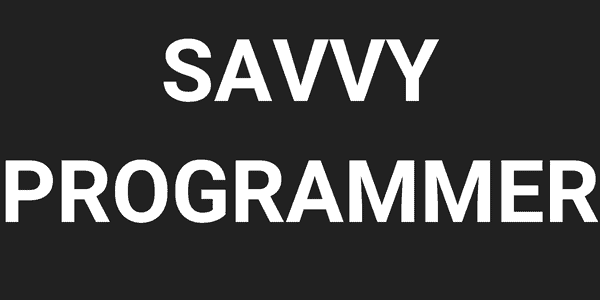You may already be aware that CI/CD is increasingly important in the world of DevOps. However, you may be less sure why. In this beginner’s guide, we’ll explain precisely what CI/CD is. Next, we’ll dive deeper into CI/CD to help you master the approach. You’ll then have a clear idea of how to learn CI/CD pipeline.

What is CI/CD?
CI/CD is a software approach that refers to Continuous Integration (CI) and Continuous Deployment (CD).
CI/CD is an agile form of software development that’s really different from traditional practices. Instead of creating one large software update, testing it rigorously, and then releasing it, CI/CD makes updates instantly available.
This different approach has many advantages. Taking the CI/CD approach, developers can provide users with immediate software updates without delay. This means users always get the latest iteration of the software. Plus, any bugs are detected and then fixed faster.
Understanding Continuous Integration (CI)
Continuous Integration is one half of the CI/CD approach. But what does it mean?
Well, Continuous Integration solves the age-old issue of developers working on a project at once and multiple bugs developing. The traditional approach to software development would mean a long testing phase would be needed to detect these bugs.
In contrast, Continuous Integration allows agile development to take place. So, bugs and issues are detected immediately. These are then fixed right away, and the updates are instantly integrated.

Understanding Continuous Deployment (CD)
Continuous Deployment (CD) is the use of a fully automated deployment process. This relies on robust processes, rigorous testing, and seamless automation. No human input means that there should be no delays in updates and iterations becoming available. Instead, the entire software development, testing, and production process should run smoothly without assistance.
The CI/CD Pipeline
Here’s a typical pipeline used for CI/CD software development:
Create Source Code
- Source code is created in this phase.
- Developers will work on creating algorithms and behaviors that match the desired functionality of the software.
- Source code can be created in any programming language.
- The source code undergoes static testing.
The Build Phase
- The source code is pulled into a repository.
- The components are built to create a file. The type of file created will depend on the application type you’re building. E.g. a Dockerfile will be created for applications to be used in Docker.
The Testing Phase
- Unit testing is used to check new features are working correctly.
- Regression testing is used to ensure latest updates haven’t impacted existing features.
Deployment
- If no manual approval processes are in place, the software will be automatically deployed via continuous deployment.
- If manual approval is required, a continuous delivery process is used. This means human approval is needed before the software goes into production.
Conclusion
CI/CD is a cornerstone approach to modern software engineering. Therefore, understanding how the CI/CD pipeline works and being able to implement it are vital skills for DevOps.
If you would like to learn more about mastering CI/CD, there are online courses available for this. Coursera and Cloud Academy both offer CI/CD courses to boost your skills.




